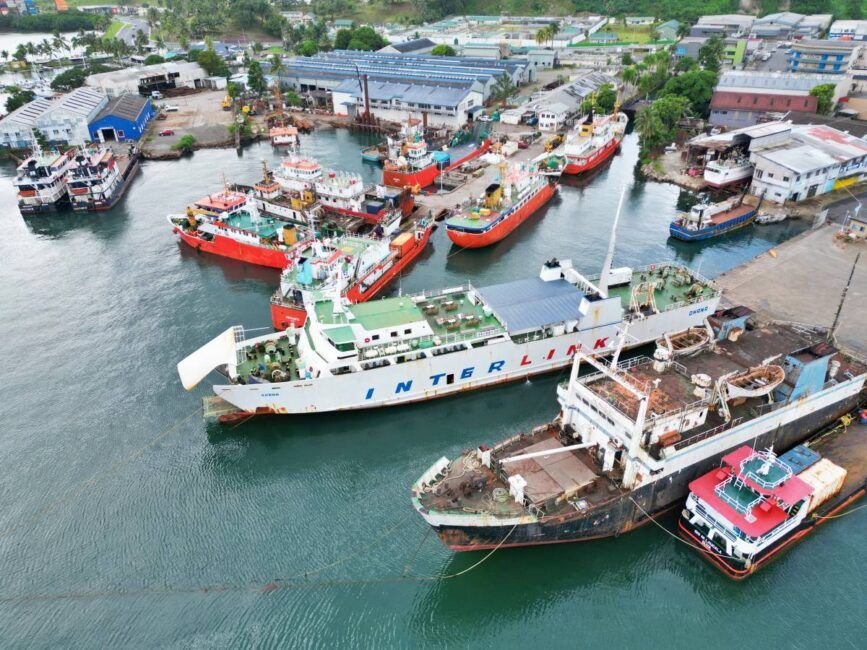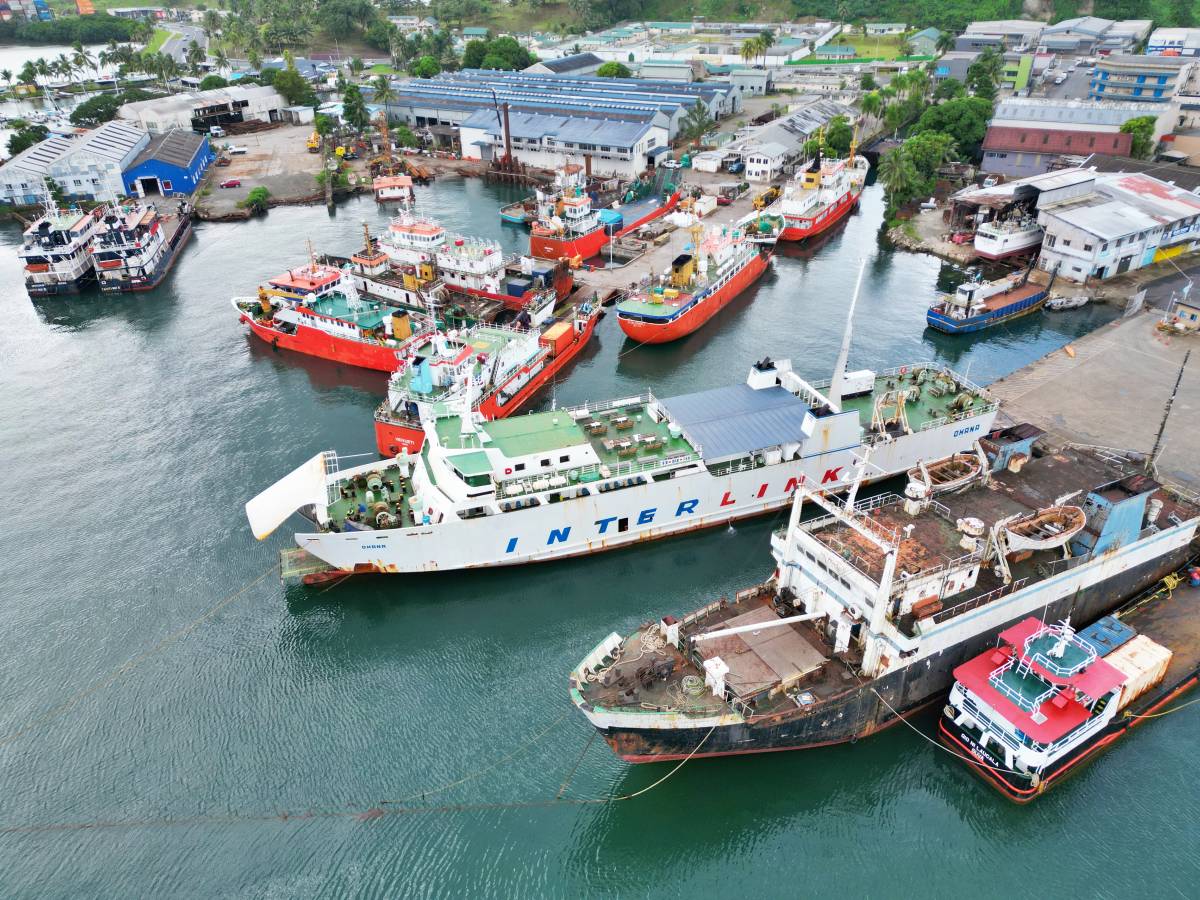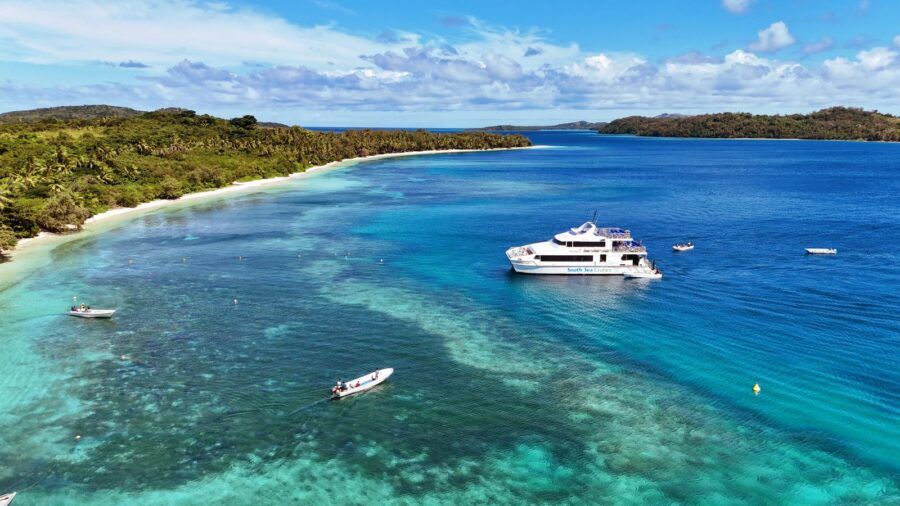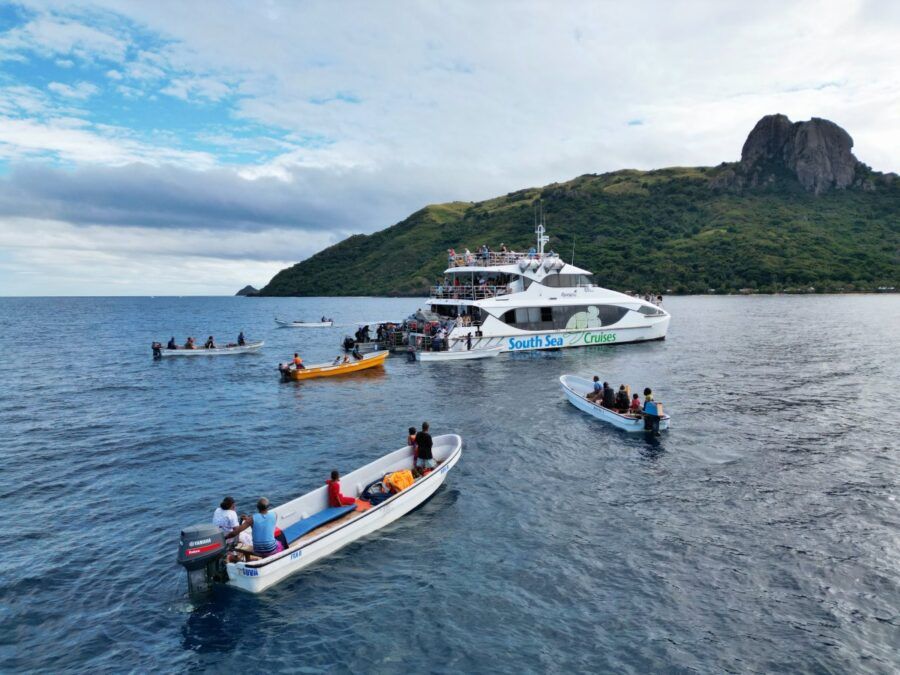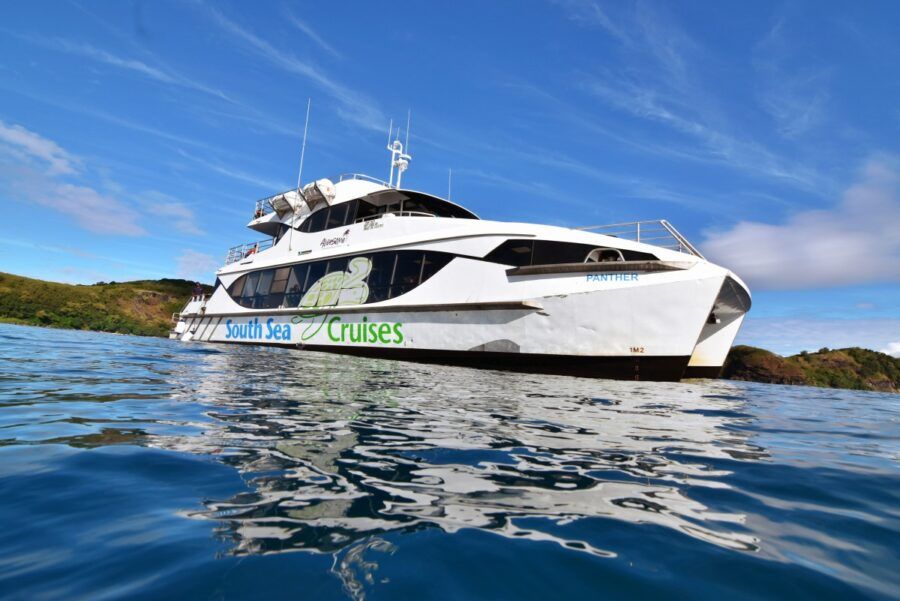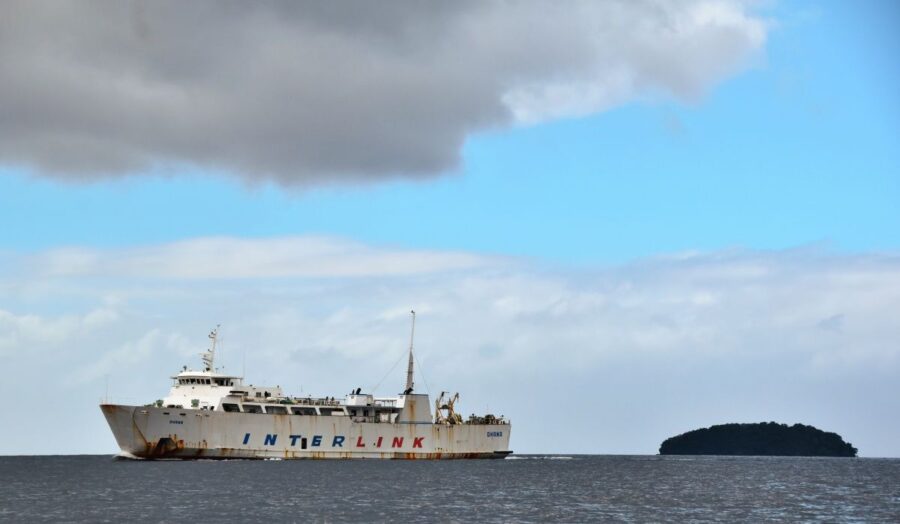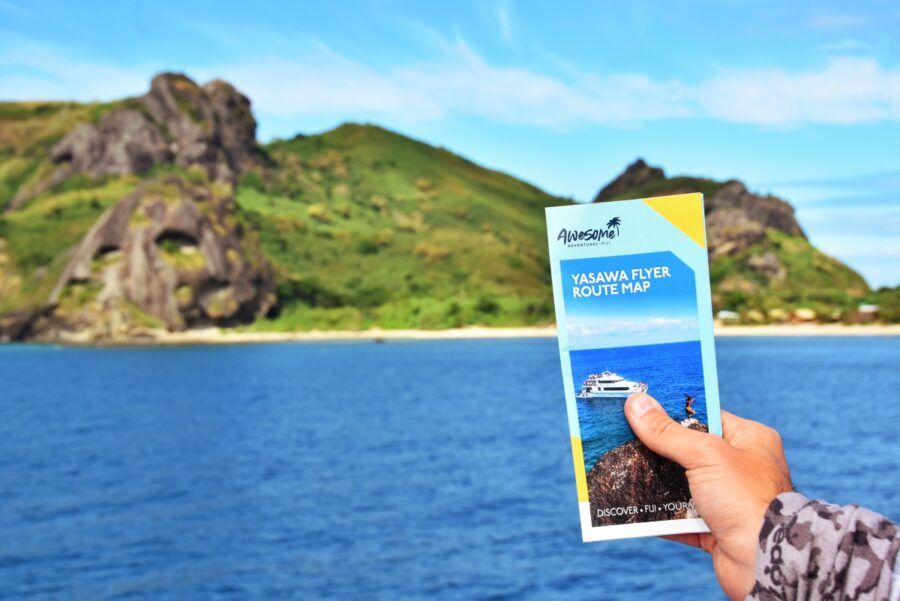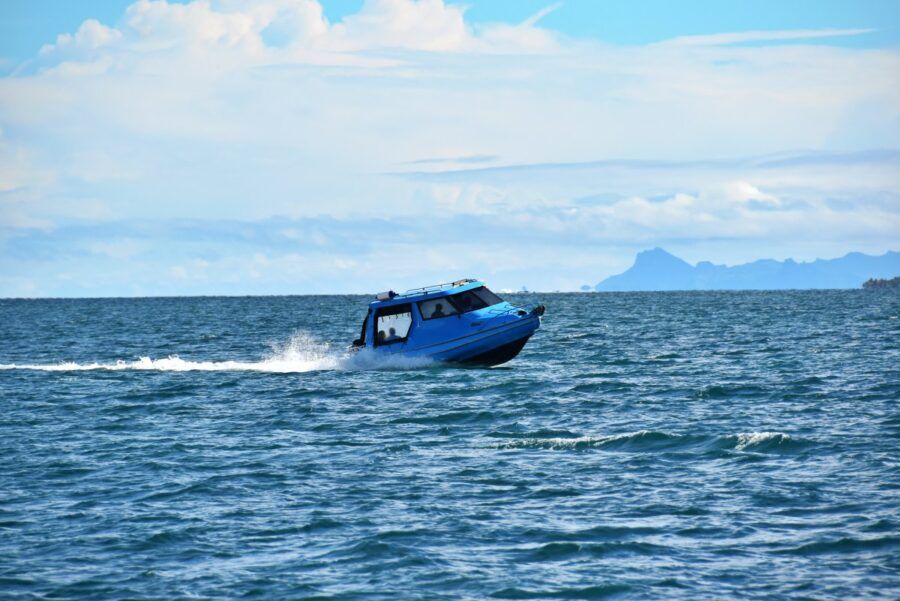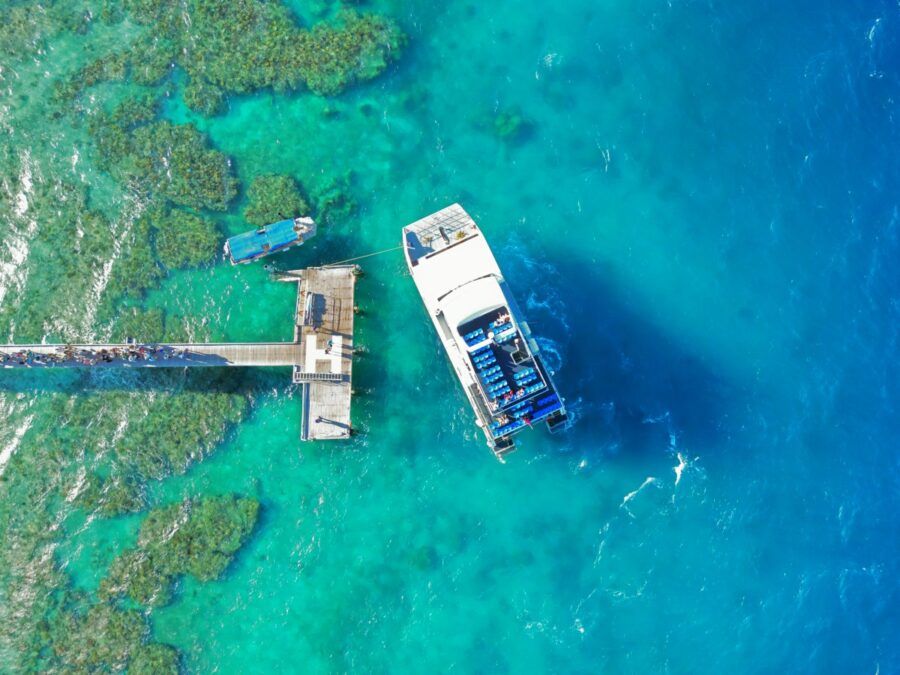Fiji Ferry Advice: Things You Need to Know About Taking a Ferry in Fiji
Fiji is not a place where you’ll want to stick to just one island. It’s a stunning archipelago with unique landscapes, cultures, and accommodations that can be found from island to island. Of course, this involves some overwater travel, and one of your options for such travel is via the ferries. From fast catamarans to bobbing cargo ships, there is a range of experiences when taking the ferry in Fiji. With that in mind, we’ve put together a bunch of Fiji ferry tips to make smoother sailing of your Fiji trip planning.
While you’re here, don’t miss Fiji Ferry Guide: How to Use Ferries for Interisland Travel for a longer more practical guide.
Table of Contents
1. The Ferries in the Mamanuca and Yasawa Islands Greatly Differ from the Ferries Elsewhere in Fiji
First things first, the ferries found servicing the tourist hotspots of the Mamanuca and Yasawa Islands are greatly different from the ferries that are mostly used by locals servicing Vanua Levu, Taveuni, Kadavu and the Lomaiviti and Lau Islands. Ferries in the Mamanuca and Yasawa Islands are high-speed modern catamarans going from one resort to the next. Fiji’s other ferries going to the less-visited islands are slower older ships carrying cargo, vehicles and passengers. They have limited seating and floor space where the locals spread out for the night (or day), sometimes including a canteen and sleeper cabins.
 © FijiPocketGuide.com
© FijiPocketGuide.com
2. All Ferry Tickets in Fiji are One-Way Tickets, But Island-Hopping Passes are Available in the Mamanuca/Yasawa Islands
Whether you’re using a ferry for a resort transfer in the Mamanuca Islands or travelling across the Somosomo Strait between Vanua Levu and Taveuni, the tickets you will purchase are for one-way trips only. You will have to purchase separate tickets for the journey back. However, there are hop-on hop-off ferry passes available with Awesome Adventures to travel to as many islands as you want within a selected number of days – find out more in What are the Ferry Passes to Travel Around Fiji?
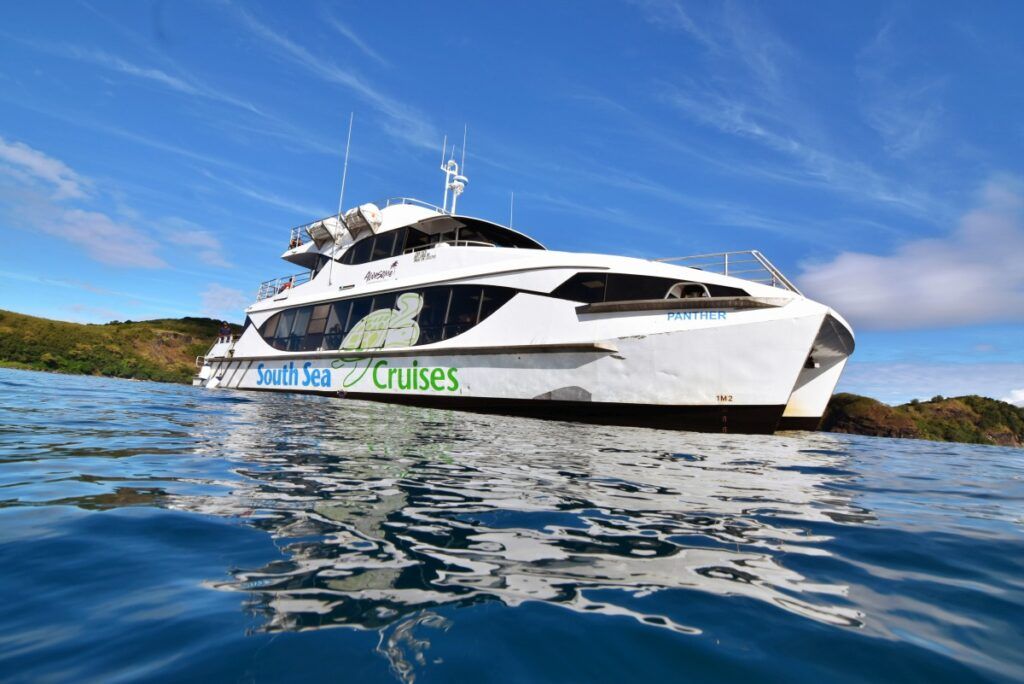 © FijiPocketGuide.com
© FijiPocketGuide.com
3. Ferry Journeys Include Bus Travel Too
The catamaran ferries of the Mamanuca and Yasawa Islands have the option to book coach transport from Nadi hotels. The ferries to elsewhere in Fiji, however, require bus travel to get to the ferry wharves that are located outside of Fiji’s major towns – this is included in the ferry ticket price. For instance, taking a ferry from Suva to Savusavu will include a bus from Suva to Natovi Wharf, then the ferry crossing to Nabouwalu Wharf, where you’ll get another bus to Savusavu.
 © FijiPocketGuide.com
© FijiPocketGuide.com
4. Ferries Stick to “Loose” Schedules
Many factors, from the weather to how long it takes to board cargo, vehicles, etc., can affect the schedule of ferries in Fiji. For ferries in the Mamanuca and Yasawa Islands, it’s a good idea to be ready for the ferry at least 30 minutes before departure, but be prepared for some waiting around. For ferries elsewhere in Fiji, we recommend double-checking ferry schedules on your chosen ferry company’s Facebook Page, as well as calling the ticket office for the latest departure time.
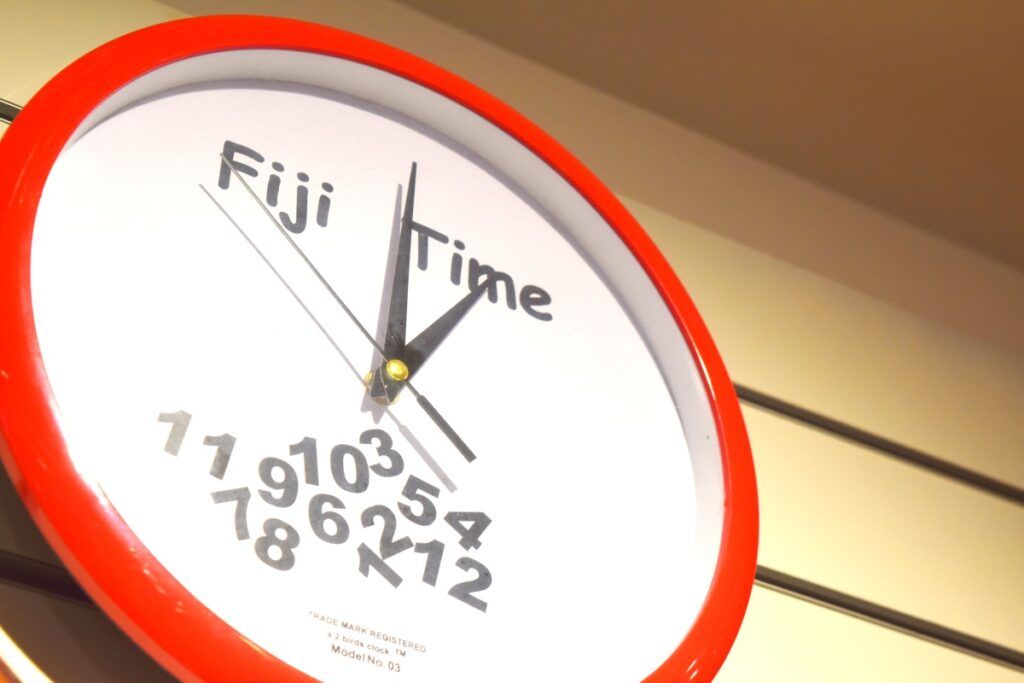 © FijiPocketGuide.com
© FijiPocketGuide.com
5. Ferry Crossings Can Get Rough
Many of the ferry crossings are over unsheltered waters, often with some rough sea conditions. Needless to say, it’s a good idea to have some seasickness remedies handy or to consider taking a flight instead if you have a weak stomach.
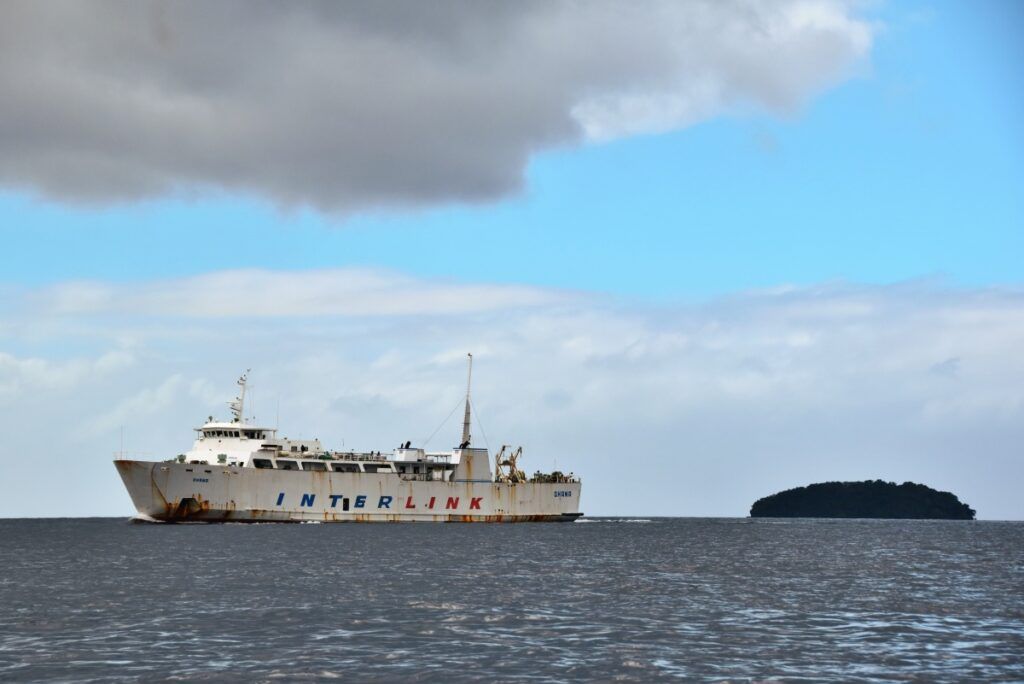 © FijiPocketGuide.com
© FijiPocketGuide.com
6. Ferry Journeys to Vanua Levu, Taveuni and Kadavu are Long
While the ferry from Viti Levu to Vanua Levu, Taveuni and Kadavu are extremely cheap compared to flights, they are long! We’re talking up to 12 hours for some sailings, so if you’re on limited time in Fiji, taking the ferry to these islands is likely not the best option. Check out the ferry durations compared to other transport methods in How Long Does it Take to Travel Around Fiji?
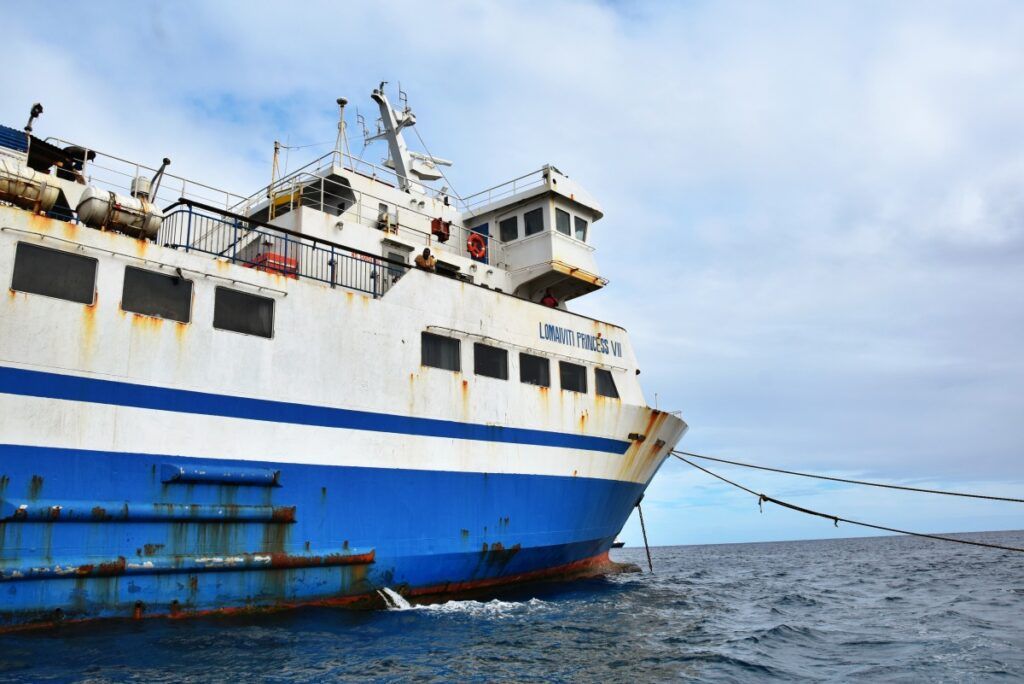 © FijiPocketGuide.com
© FijiPocketGuide.com
7. Listen Carefully to the Stop Announcements
While you won’t have much trouble knowing where you’re going on the longer ferry journeys in Fiji, the ferries in the Mamanuca and Yasawa Islands have A LOT of stops. Sometimes, it is hard to hear the announcements through the speakers on the Mamanuca and Yasawa Island ferries, so we recommend making a note of which stop number your stop is and keeping count throughout the journey. You can always check with the staff what stop you’re at. For more tips on the Mamanuca and Yasawa Islands, check out How to Take the Ferry to the Mamanuca Islands and How to Take the Ferry to the Yasawa Islands.
 © FijiPocketGuide.com
© FijiPocketGuide.com
8. You Need to Report to the Ferry/Bus 30 Minutes Before Departure
There is a bit of a check-in process for the ferries in Fiji, especially if you have luggage to check in. For this reason, you need to report to the check-in counter if taking a Mamanuca or Yasawa ferry or the Suva bus pick-up point (opposite the Flea Market) if taking a ferry to the other outer islands, at least 30 minutes before departure time.
 © FijiPocketGuide.com
© FijiPocketGuide.com
9. Ferries Have the Same Baggage Allowance at Most Airlines
The baggage allowance for ferries is typically up to 7 kg (15 lbs) for a carry-on bag and either up to 20 kg (44 lb) or 25 kg (50 lb) for your main luggage. There are usually additional fees for surfboards or other watersports equipment. For essentials to pack, check out our Fiji Packing List: What to Pack for Fiji.
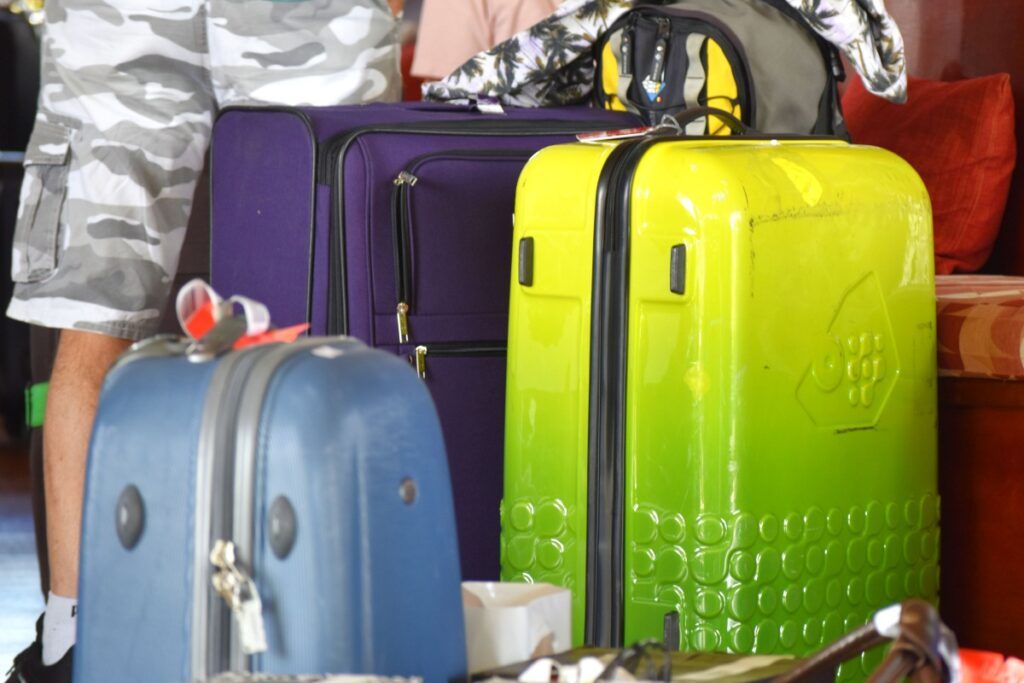 © FijiPocketGuide.com
© FijiPocketGuide.com
10. It’s Better to Buy Ferry Tickets Before Departure (But Not Too Early in Advance)
Although some ferries allow you to purchase tickets as you’re boarding or taking the bus, we recommend buying from a ticket office (or online, which you can do for the Mamanuca/Yasawa ferries). Purchasing a ferry ticket from a ticket office means that you’ll get the most up-to-date departure time on your ticket. Although we recommend booking ferry tickets for the Mamanucas and Yasawas whenever is convenient, we recommend purchasing ferry tickets for the outer islands no more than a week in advance, just because schedules can change so wildly.
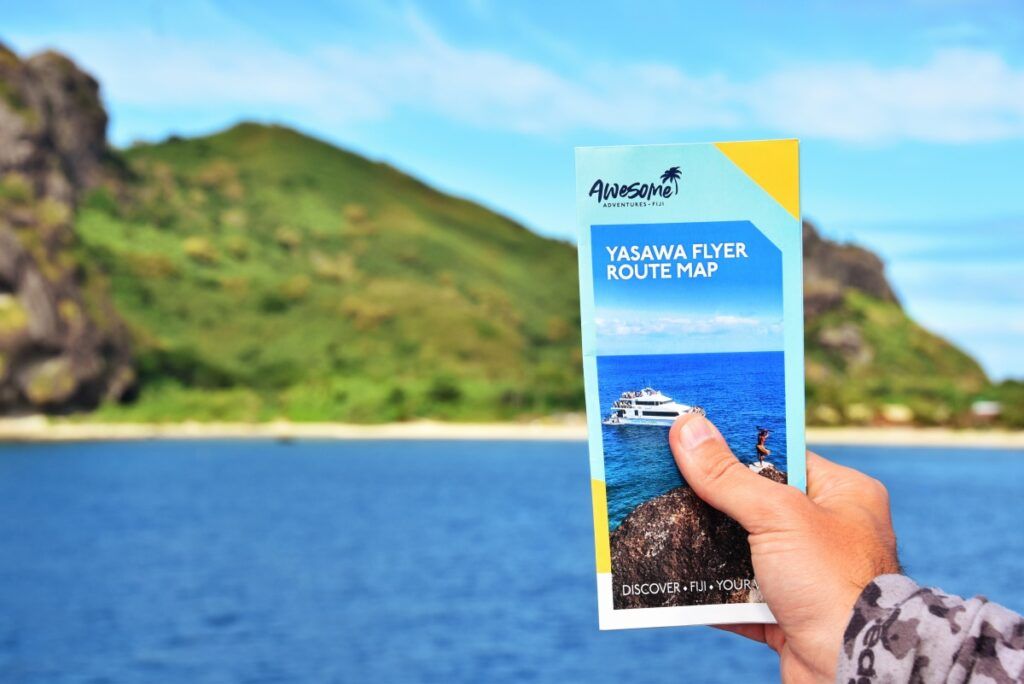 © FijiPocketGuide.com
© FijiPocketGuide.comMore Tips for Taking the Ferry in Fiji
That’s it for the tips for taking the ferry in Fiji, but it’s by no means the end of our advice! Take a look at the following for more tips for getting around Fiji:
- The Guide to Travelling in Fiji by Ferry
- How Much Do Water Taxis & Ferries Cost in Fiji?
- 10 Ways to Make the Most of Your Fiji Island-Hopping Pass
Finally, check out more island transport options in our Fiji Transport Guide: 20 Best Ways to Get Around Fiji.
Sources:
The information in this guide has been compiled from our extensive research, travel and experiences across Fiji and the South Pacific, accumulated over more than a decade of numerous visits to each destination. Additional sources for this guide include the following:
- Land Transport Authority (Road safety advice - Updated [2025])
- Tourism Fiji (General travel advice - Updated [2025])
- Fiji Immigration (Visa and immigration advice - Updated [2025])
- Fiji Revenue & Customs Service (Customs and visitor taxes - Updated [2025])
- Biosecurity Authority of Fiji (Biosecurity advice - Updated [2025])
- Fiji Meteorological Service (Weather forecast and warnings - Updated [2025])
- Fiji Bureau of Statistics (Statistics and travel data - Updated [2025])
- Ministry of Tourism and Civil Aviation (Tourism statistics - Updated [2025])
- SPTO (Pacific tourism advice - Updated [2025])
- Fiji Hotel and Tourism Association (Tourism trade association - Updated [2025])
- Safe Travel (New Zealand travel advisory for Fiji - Updated [2025])
- Smart Traveller (Australia travel advisory for Fiji - Updated [2025])
- Travel.State.Gov (U.S. travel advisory for Fiji - Updated [2025])
Our editorial standards: At Fiji Pocket Guide, we uphold strict editorial standards to ensure accurate and quality content.

About The Author
Robin (Ruveni) C.
This article was reviewed and published by Robin, the co-founder of Fiji Pocket Guide. He has lived, worked and travelled across 16 different countries before settling in the South Pacific, so he knows a thing or two about planning the perfect trip in this corner of the world. Robin is also the co-founder of several other South Pacific travel guides and is a regular host of webinars with the South Pacific Tourism Organisation.
